BoJ kept the yield curve control unchanged today, disappointing some who bet for a tweak. Short term policy interest rate is held at -0.10%. The central will continue to purchase JGBs, without setting an upper limit, to keep 10-year yield at around 0%. The range 10-year JGB yield allowed to fluctuate is also kept at around plus and minus 0.50%. The decision was made by unanimous vote.
In the Outlook for Economic Activity and Prices:
- Forecasts of real GDP growth were downgraded across horizon, with fiscal 2022 down from 2.0% to 1.9%, fiscal 2023 down from 1.9% to 1.7%, fiscal 2024 down from 1.5% to 1.1%.
- Forecast of CPI core (all item less fresh food) for fiscal 2022 was raised from 2.9% to 3.0%, fiscal 2023 unchanged at 1.6%, and fiscal 2024 raised from 1.6% to 1.8%.
- Forecast of CPI core-core (all item less fresh food and energy) for fiscal 2022 was raised from 1.8% to 2.1%, fiscal 2023 raised from 1.6% to 1.8%, and fiscal 2024 unchanged at 1.6%.




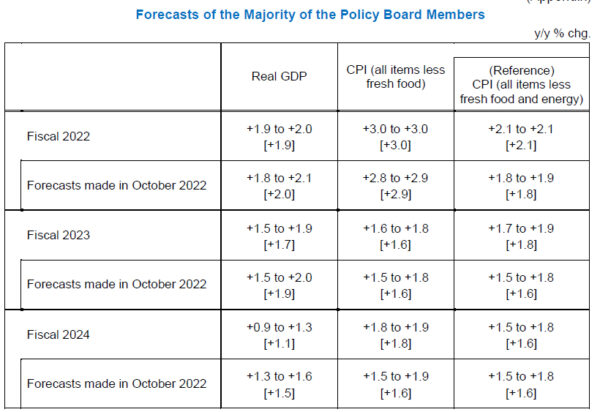
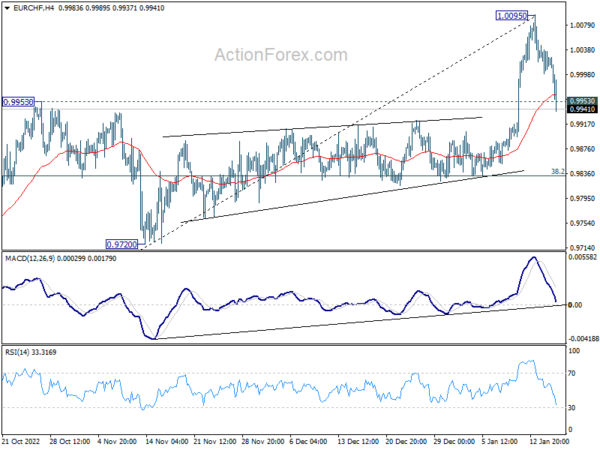
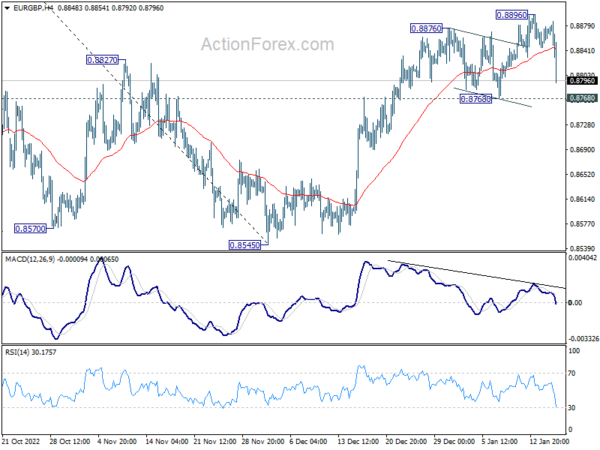
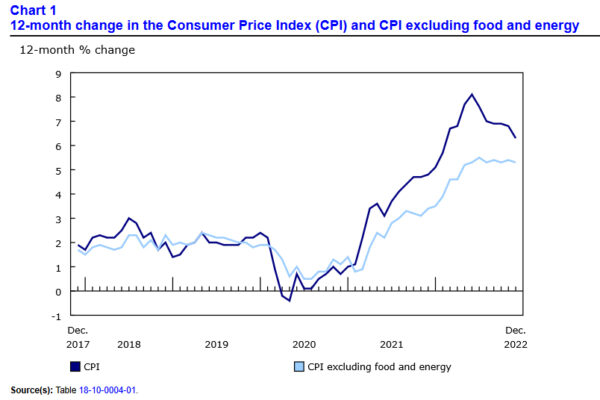
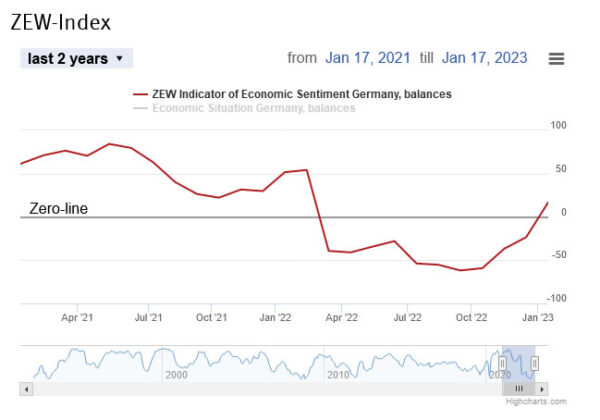
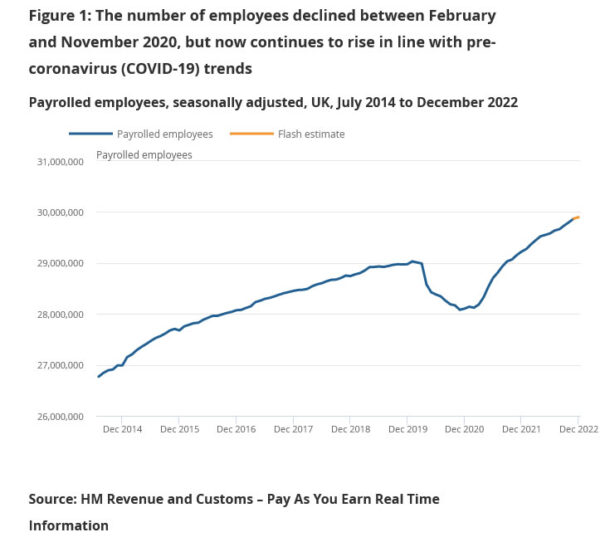
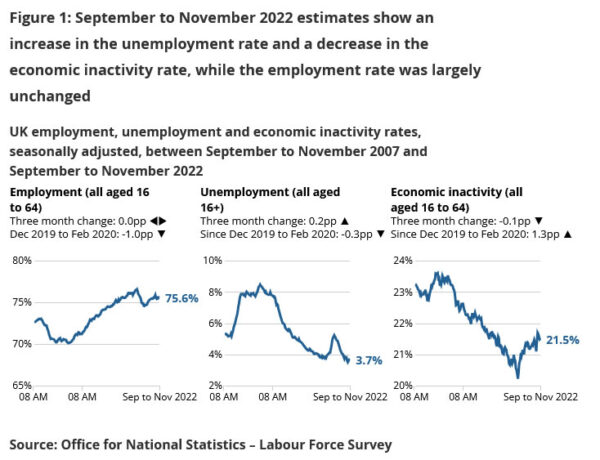
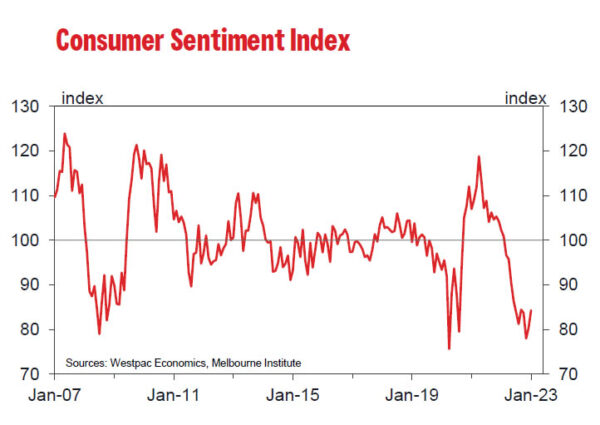
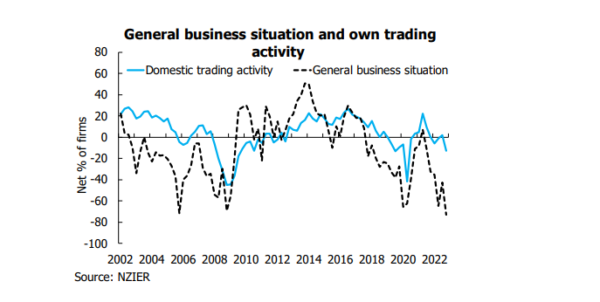
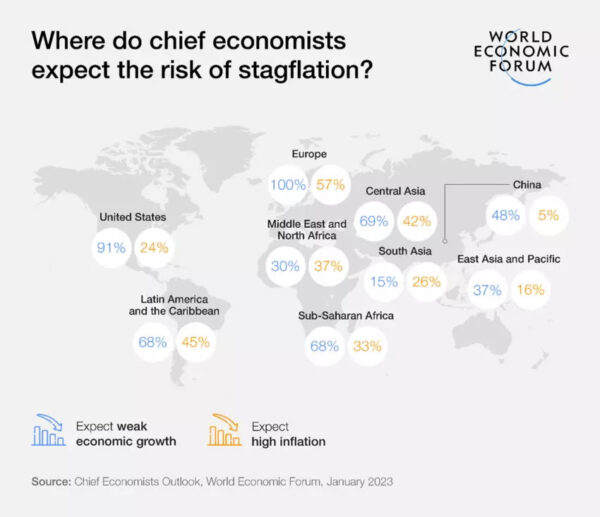
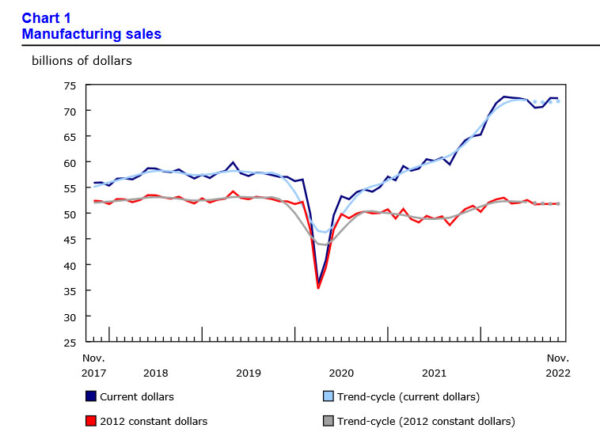
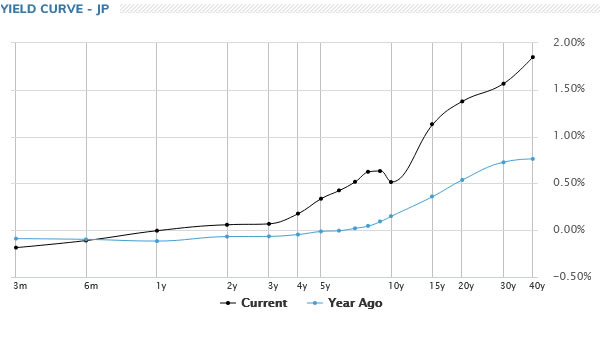
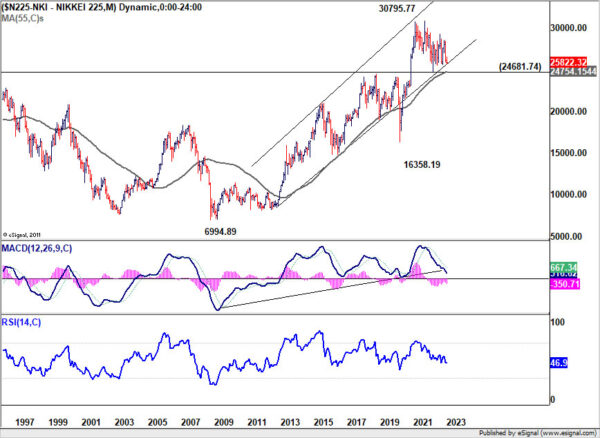
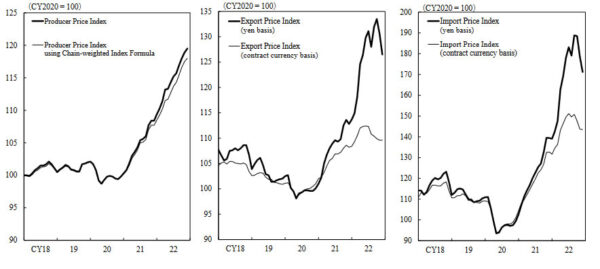
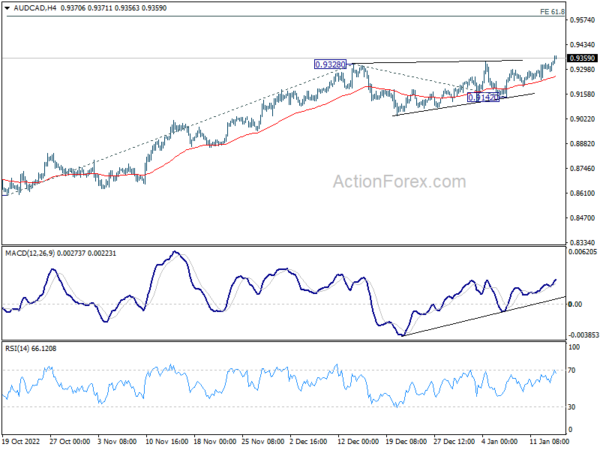
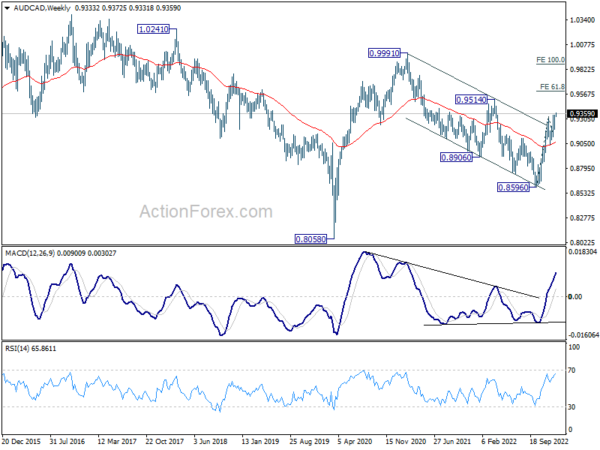
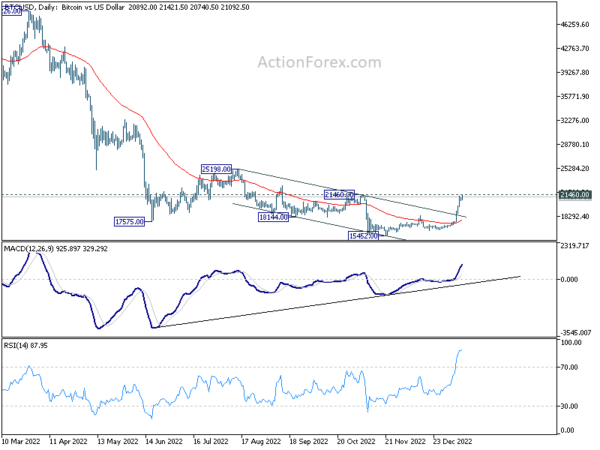
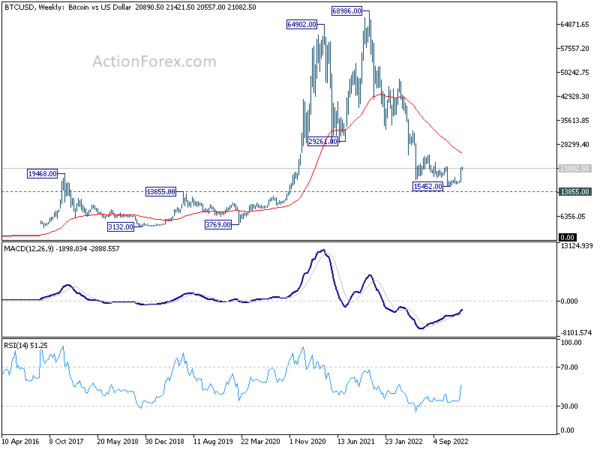
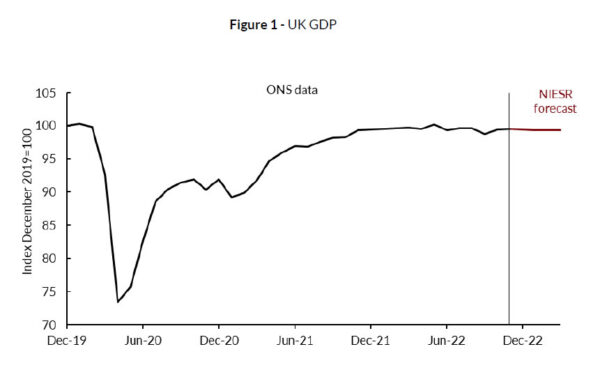

UK CPI slowed to 10.5% yoy in Dec, core CPI unchanged at 6.3% yoy
UK CPI rose 0.4% mom in December, matched expectations. In the 12 months, CPI slowed from 10.7% yoy to 10.5% yoy slightly below expectation of 10.6% yoy. CPI core was unchanged at 6.3% yoy, below expectation of 6.6% yoy. RPI rose 0.6% mom, 13.4% yoy, below expectation of 1.0% mom, 13.9% yoy.
ONS said: “The largest downward contribution to the change in both the CPIH and CPI annual inflation rates between November and December 2022 came from transport (particularly motor fuels), clothing and footwear, and recreation and culture, with rising prices in restaurants and hotels, and food and non-alcoholic beverages making the largest partially offsetting upward contributions.”
Full release here.